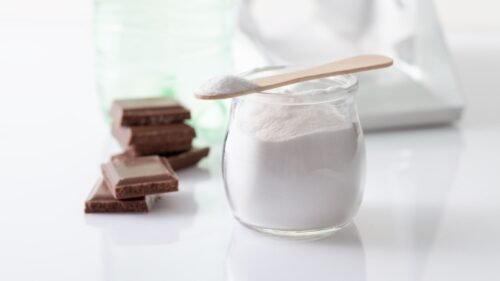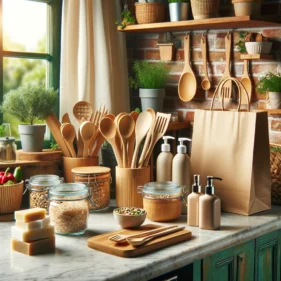A Parent’s Guide to Identifying and Avoiding Dangerous Ingredients
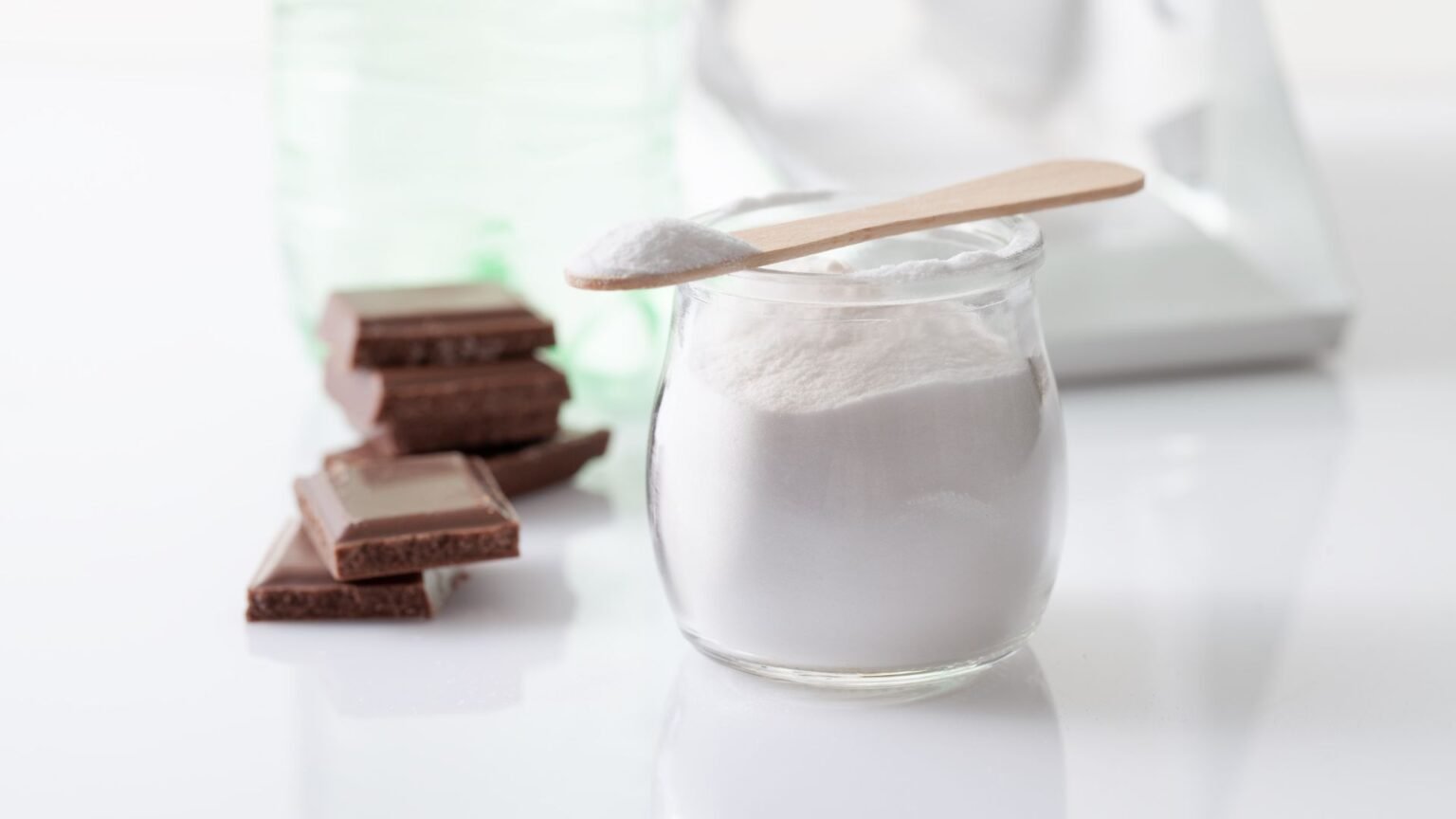
The reality is that many common household items contain chemicals and additives that can be harmful, especially to young children whose bodies are still developing. These ingredients, often found in cleaning products, personal care items, and processed foods, can lead to a range of health issues, from skin irritation and allergies to more severe endocrine and neurological disorders.
Understanding and identifying these dangerous ingredients is crucial for parents who want to protect their children from potential harm. This guide aims to equip you with the knowledge to recognise harmful substances in products and provide practical tips for avoiding them. By making informed choices, you can create a safer, healthier environment for your family and ensure that your children grow up strong and healthy. Let’s dive into the world of ingredients and uncover how to keep our little ones safe.
Understanding Dangerous Ingredients
We strive to create the safest and healthiest environment for our children. However, it’s not always easy to navigate the sea of products we encounter daily. From the food we put on our tables to the shampoos and soaps we use during bath time, many items contain ingredients that can pose serious risks to our kids’ health. But what exactly are these dangerous ingredients, and why should we be concerned about them?
Why Are These Ingredients Harmful to Children?
Children are particularly vulnerable to the effects of dangerous ingredients for several reasons:
- Developing Bodies: Kids’ bodies are still growing and developing, making them more susceptible to toxins. Their organs, including the brain, are rapidly developing, and exposure to harmful substances can interfere with these processes.
- Higher Exposure Levels: Children, due to their size and behavior, often have higher exposure levels compared to adults. They play on the floor, put things in their mouths, and are generally more likely to come into contact with toxins. According to the Environmental Working Group (EWG), the average American child is exposed to 27 personal care product ingredients daily that have not been found safe for children .
- Longer Lifespan Exposure: Early exposure to harmful chemicals can lead to a longer duration of exposure over their lifetimes, increasing the risk of developing health issues later on.
Common Health Risks
Exposure to dangerous ingredients can lead to a variety of health problems, including but not limited to:
- Hormonal Disruptions: Ingredients like phthalates and parabens can interfere with the endocrine system, which regulates hormones. This disruption can lead to developmental and reproductive issues. The World Health Organization (WHO) reports that endocrine-disrupting chemicals (EDCs) can cause developmental, reproductive, neurological, and immune effects in both humans and wildlife .
- Respiratory Problems: Chemicals such as formaldehyde can irritate the respiratory system, potentially leading to asthma and other breathing problems. According to the American Lung Association, formaldehyde exposure is linked to an increased risk of asthma and respiratory issues .
- Skin Irritations and Allergies: Many artificial colors, fragrances, and preservatives can cause skin irritations, rashes, and allergic reactions. A study published in the journal “Contact Dermatitis” found that 23% of children with eczema had allergic reactions to fragrances .
- Neurodevelopmental Issues: Heavy metals and certain pesticides can affect brain development, potentially leading to learning disabilities and behavioral issues. The Centers for Disease Control and Prevention (CDC) indicates that exposure to lead, even at low levels, can affect a child’s IQ, attention span, and academic achievement .
Taking the First Step
Understanding what makes an ingredient dangerous is the first step in protecting your family. Knowledge is power, and being informed about the potential risks can help you make better choices for your home and your children. In the following sections, we’ll explore where these ingredients are commonly found, how to identify them, and what safer alternatives are available. Together, we can ensure a healthier, safer environment for our kids to grow up in.

Top Dangerous Ingredients to Avoid
It’s crucial to be aware of what’s in the products your children use daily. Here’s a rundown of some common dangerous ingredients you should watch out for, along with why they’re harmful and where you might find them. Knowing these can help you make safer choices for your family.
| Ingredient | Why It’s Harmful | Common Products Found In | Source |
|---|---|---|---|
| Phthalates | Potential endocrine disruptors that can affect hormone function. | Plastics, personal care products (e.g., shampoos, lotions) | NICNAS (National Industrial Chemicals Notification and Assessment Scheme) |
| Parabens | Linked to hormone disruption and may contribute to cancer. | Cosmetics, pharmaceuticals, skincare products | ACCC (Australian Competition and Consumer Commission) |
| Formaldehyde | A known carcinogen that can cause respiratory issues and skin irritation. | Building materials, personal care products (e.g., shampoos, body washes) | Safe Work Australia |
| Artificial Colors and Flavors | Associated with hyperactivity in children and allergic reactions. | Processed foods, candies, beverages | FSANZ (Food Standards Australia New Zealand) |
| Bisphenol A (BPA) | Potential hormone disruptor linked to various health issues. | Plastics, food containers, water bottles | NICNAS |
| Sodium Lauryl Sulfate (SLS) | Can cause skin irritation and allergic reactions. | Cleaning products, personal care items (e.g., toothpaste, soap) | NICNAS |
| Heavy Metals (Lead, Mercury, Cadmium) | Toxic to the nervous system, especially in children. | Toys, jewelry, contaminated foods | ACCC, FSANZ |
Understanding these ingredients and where they are commonly found can help you make more informed decisions. Always read labels and opt for products that are free from these harmful substances to ensure the safety and well-being of your family.

How to Identify Dangerous Ingredients
Identifying dangerous ingredients in the products we use every day can feel overwhelming, especially with all the scientific jargon on labels. But don’t worry—here are some practical tips to help you decode those labels and keep your family safe.
Read the Label Carefully
First things first: always read the label. This might seem obvious, but it’s easy to skip over unfamiliar terms or assume a product is safe just because it’s on the store shelf. Look for a full list of ingredients, which should be present on most food, personal care, and household products.
Use Helpful Apps and Resources
There are several apps and websites that can help you identify harmful ingredients. Apps like “Think Dirty” and “EWG’s Healthy Living” allow you to scan barcodes and get information on the safety of a product’s ingredients. These tools can save you time and give you peace of mind when shopping.
Look for Certifications
Products certified by reputable organisations are often safer choices. Look for labels such as Organic, Non-GMO Project Verified, and Environmental Working Group (EWG) Verified. These certifications indicate that the product meets certain safety and environmental standards.
Simplify Your Ingredients
A good rule of thumb is that simpler is better. Products with fewer ingredients tend to be less processed and less likely to contain harmful chemicals. If an ingredient list looks like a chemistry experiment, it’s probably best to avoid it.
Research and Stay Informed
Ingredient safety can change as new research emerges, so it’s important to stay informed. Follow trusted sources like the Environmental Working Group (EWG), Consumer Reports, and the FDA for updates on ingredient safety.
By taking these steps, you can make more informed choices and protect your family from harmful ingredients. Remember, knowledge is power, and being proactive about what you bring into your home is one of the best ways to ensure your family’s health and well-being.
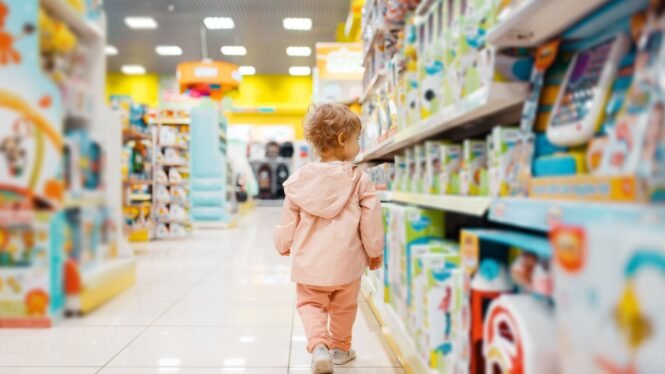
Safer Alternatives and Practices
We all want the best for our children, especially when it comes to their health and safety. Thankfully, there are plenty of safer alternatives and practices that can help us avoid the harmful ingredients we’ve discussed. Here are some practical tips and suggestions to help you make safer choices for your family:
Choose Natural and Organic Products
One of the easiest ways to reduce your family’s exposure to harmful chemicals is by choosing natural and organic products whenever possible. Look for certifications like Organic, EcoCert, or Made Safe, which indicate that a product meets stringent safety standards. These products are less likely to contain harmful chemicals and more likely to use safer, natural ingredients.
DIY Cleaning Solutions
Many household cleaning products contain harsh chemicals that can be harmful to your family’s health. Fortunately, you can make your own effective cleaning solutions with simple, safe ingredients you probably already have at home. Here are a few easy recipes:
- All-Purpose Cleaner: Mix equal parts water and white vinegar in a spray bottle. Add a few drops of essential oil for a pleasant scent.
- Glass Cleaner: Combine 1 cup of water, 1 cup of vinegar, and 1 tablespoon of cornstarch. Shake well before each use.
- Bathroom Cleaner: Sprinkle baking soda on surfaces, then scrub with a damp sponge. For tougher stains, spray with vinegar first.
Opt for BPA-Free Products
Bisphenol A (BPA) is a chemical found in many plastics that can leach into food and beverages. To avoid BPA, choose products labeled as BPA-free, especially when it comes to items your children use frequently, like water bottles, food containers, and toys. Glass, stainless steel, and silicone are excellent alternatives to plastic.
Natural Personal Care Items
Personal care products like shampoos, lotions, and soaps can contain harmful chemicals like parabens, phthalates, and sodium lauryl sulfate (SLS). Opt for products with fewer ingredients.
Fresh and Whole Foods
Processed foods often contain artificial colors, flavors, and preservatives that can be harmful to your child’s health. Whenever possible, choose fresh, whole foods over processed options. This not only reduces exposure to harmful chemicals but also provides better nutrition. Incorporating more fruits, vegetables, whole grains, and lean proteins into your family’s diet is a win-win.
Safe Cookware and Utensils
Non-stick cookware can release harmful chemicals when heated. Instead, use stainless steel, cast iron, or ceramic cookware, which are safer options. Wooden or silicone utensils are also better choices than plastic, which can contain BPA or other harmful chemicals.
Educate Yourself and Stay Informed
The world of product safety is constantly evolving, and staying informed is key. Use resources like the Environmental Working Group (EWG) to check the safety of products and ingredients.
By making these small changes and choosing safer alternatives, you can significantly reduce your family’s exposure to harmful chemicals. Remember, every step you take towards a safer home environment is a step in the right direction for your family’s health and well-being.
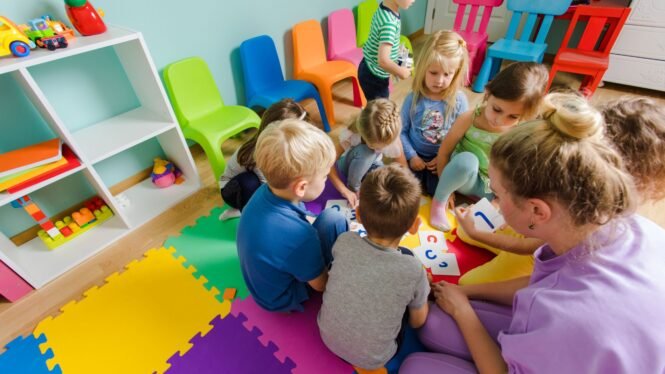
Educating and Advocating
As parents, we have a lot on our plates, but ensuring the safety of our children is always a top priority. Educating ourselves and our kids about dangerous ingredients is a crucial step in protecting their health. Here’s how you can make a difference:
Talking to Your Kids
Start by having open conversations with your children about the products they use every day. Explain why it’s important to avoid certain ingredients and how these substances can affect their health. Use simple, age-appropriate language. For example, you might say, “We’re choosing this shampoo because it doesn’t have chemicals that can hurt our skin.”
Lead by Example
Kids learn a lot by watching their parents. Show them how to read labels and make better choices. When shopping, involve them in the process. Let them help pick out products and explain why one product is a safer choice than another. This not only educates them but also empowers them to make healthier decisions on their own.
Advocating for Safer Products
You have a powerful voice as a consumer. If you’re unhappy with the ingredients in certain products, let the companies know. Write emails, leave reviews, and use social media to express your concerns. Many companies take customer feedback seriously and may reformulate their products in response to consumer demands.
Join the Movement
Consider joining or supporting organisations that advocate for safer products and stricter regulations on harmful chemicals.
Stay Informed
The landscape of product safety is always evolving. New research can change our understanding of what’s safe and what’s not. Make it a habit to stay informed about the latest findings and recommendations. Subscribe to newsletters from trusted health and safety organisations, and don’t hesitate to reach out to experts if you have questions.
Build a Community
Connect with other parents who share your concerns. Join online forums, social media groups, or local community meetings focused on health and safety. Sharing experiences and tips can be incredibly valuable. Plus, there’s strength in numbers—advocating for change is often more effective when done collectively.
Being a parent, I dealt with these issues, and it took me a while to educate myself. I’m a strong believer that all health conditions are linked to what we consume and what we put on our bodies, and research now proves it. So, I went on a path of ethical consumerism which led me to create a platform called EthicalHub. Our vision is to give everyone access to ethical products that are clean and free from harmful ingredients. Our values revolve around being good for people and good for the planet.
By supporting EthicalHub, you ensure safer products for your family and contribute to a larger movement towards a healthier and more ethical marketplace.
Remember, knowledge is power, and by staying informed and involved, you can make a significant impact. Let’s work together to ensure our children grow up in a world where they don’t have to worry about hidden dangers in the products they use every day.


